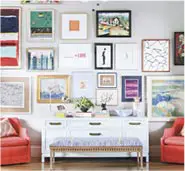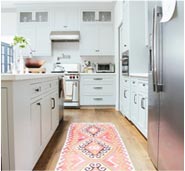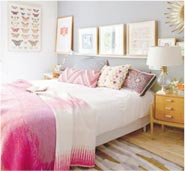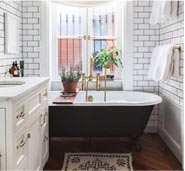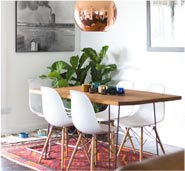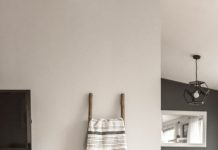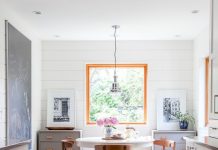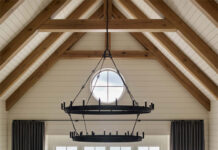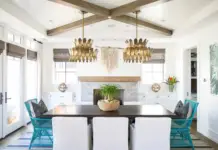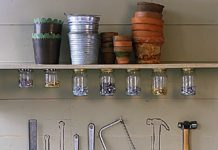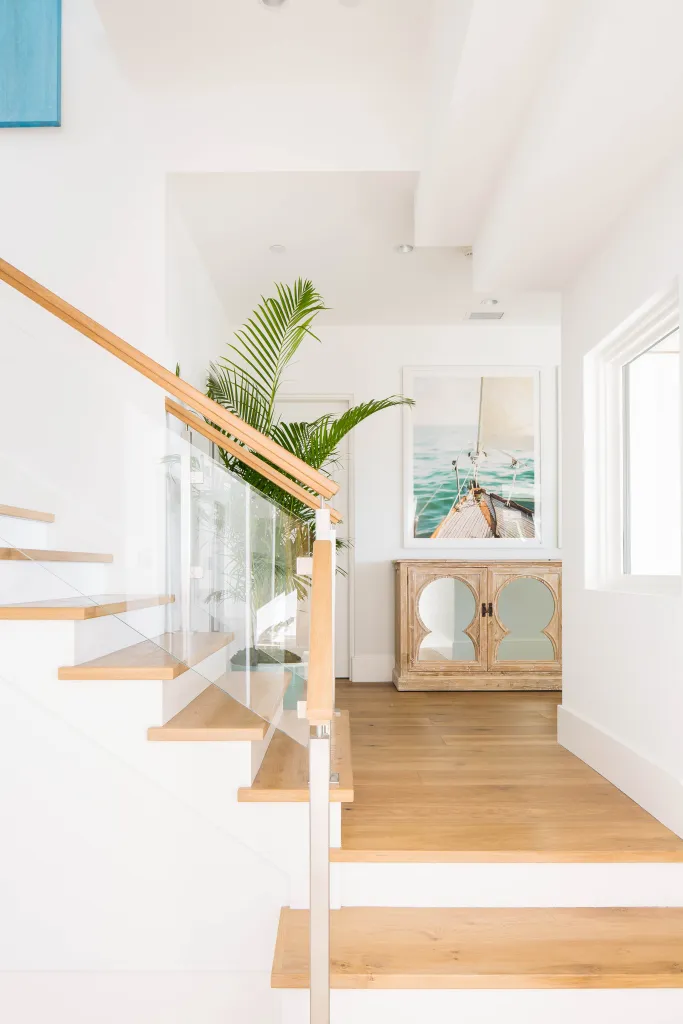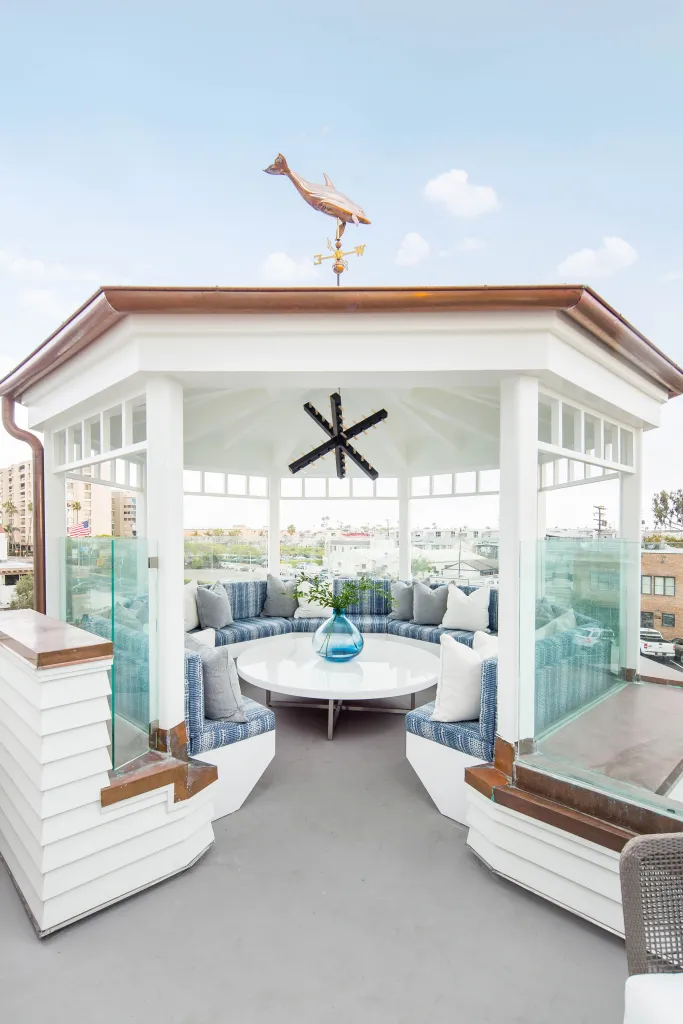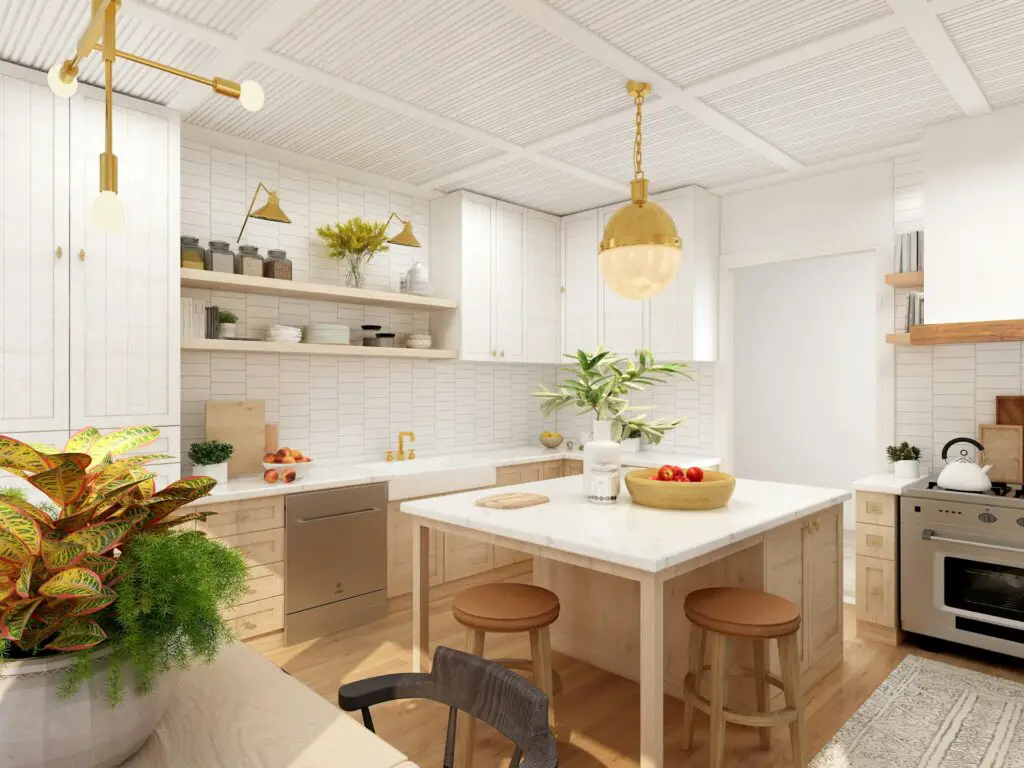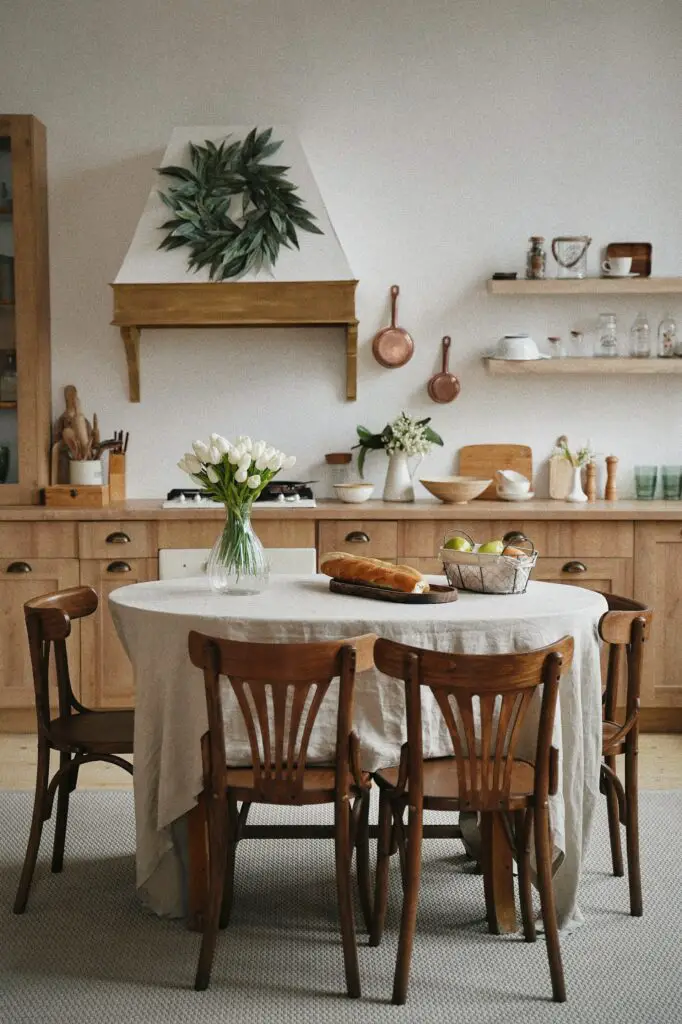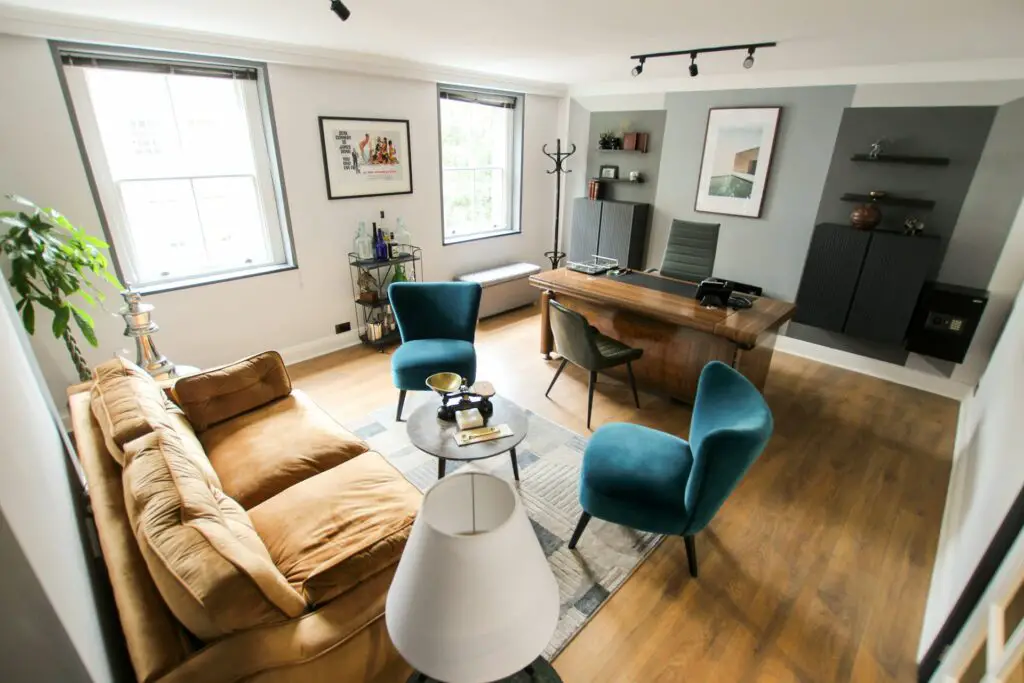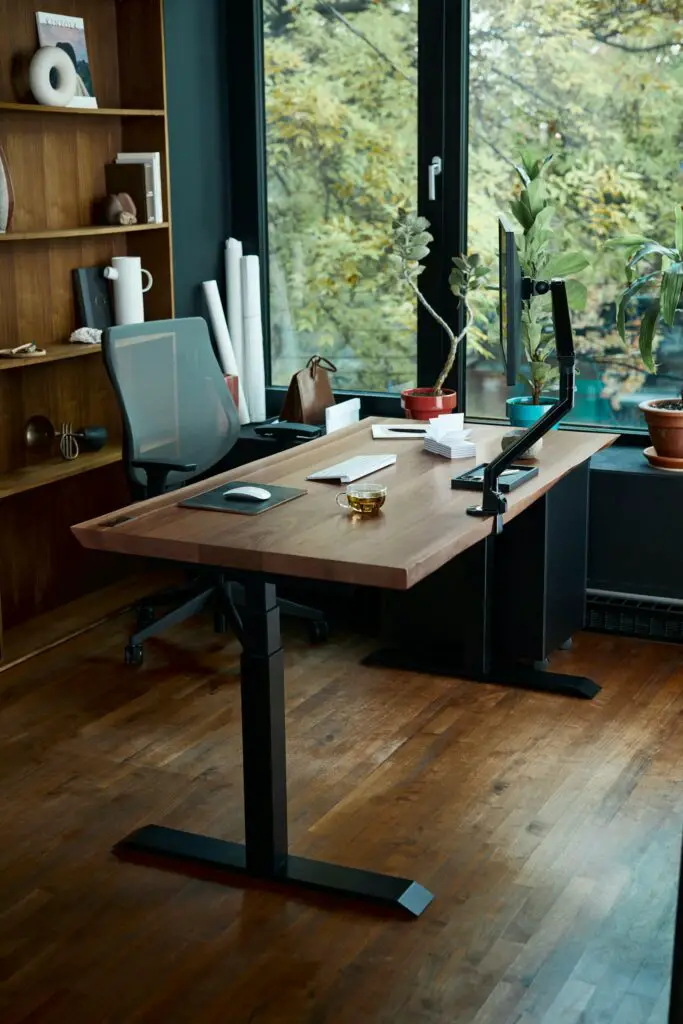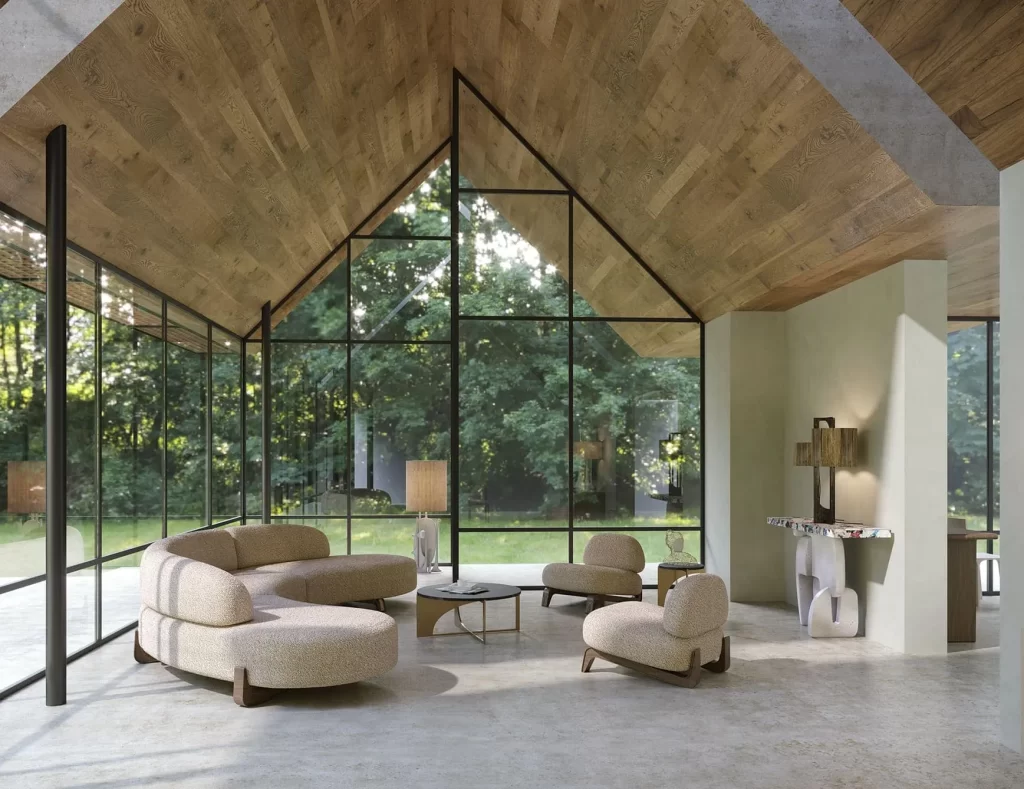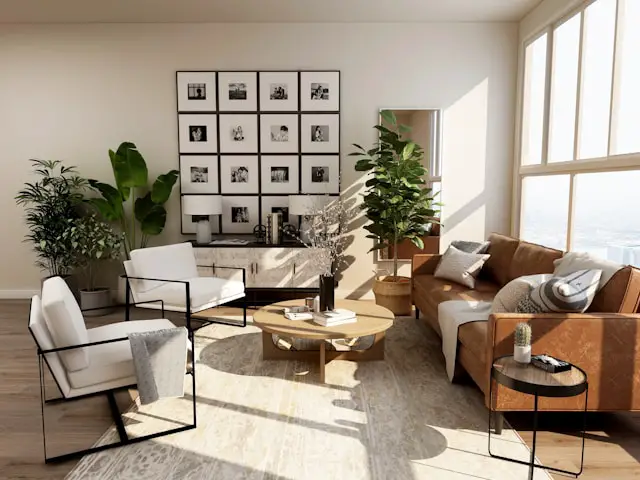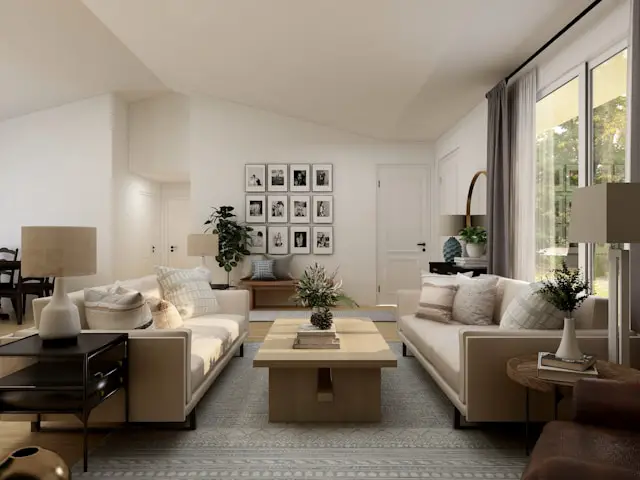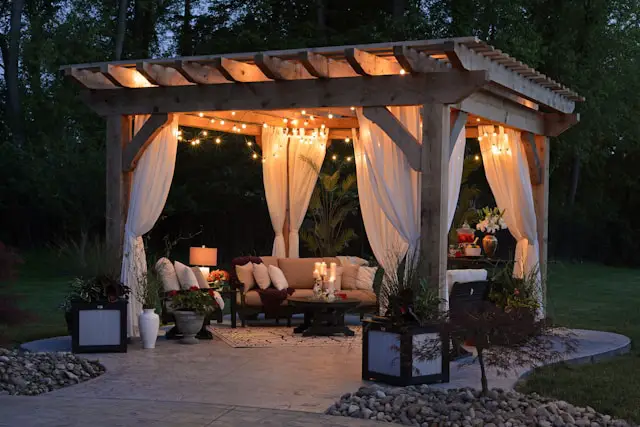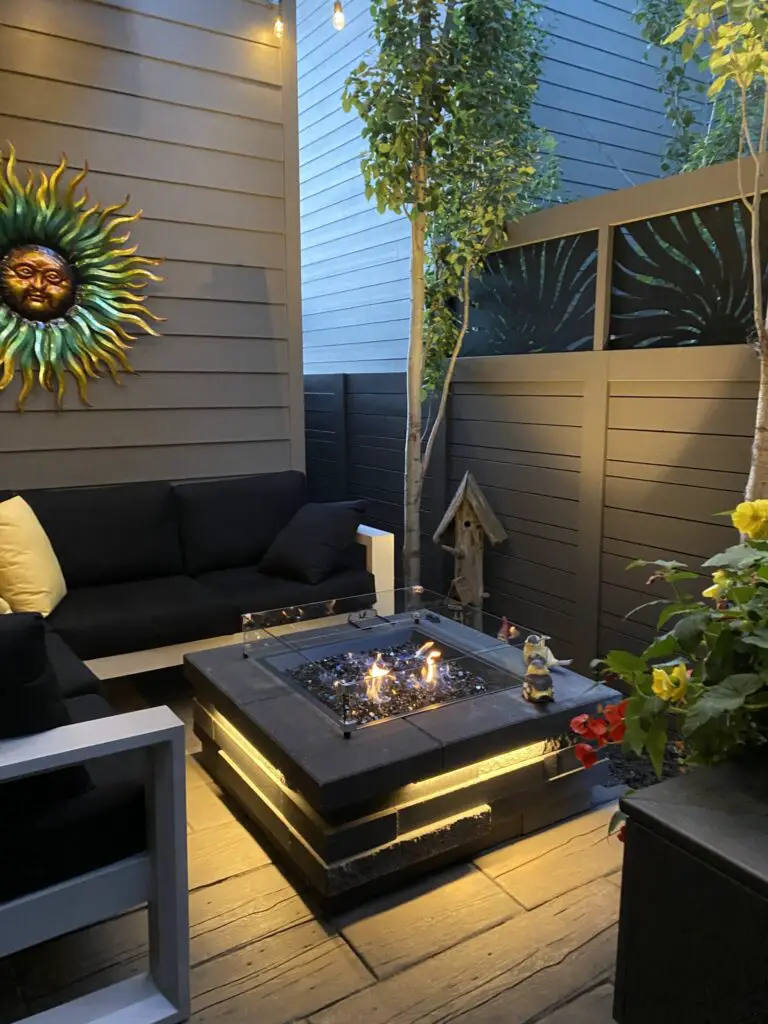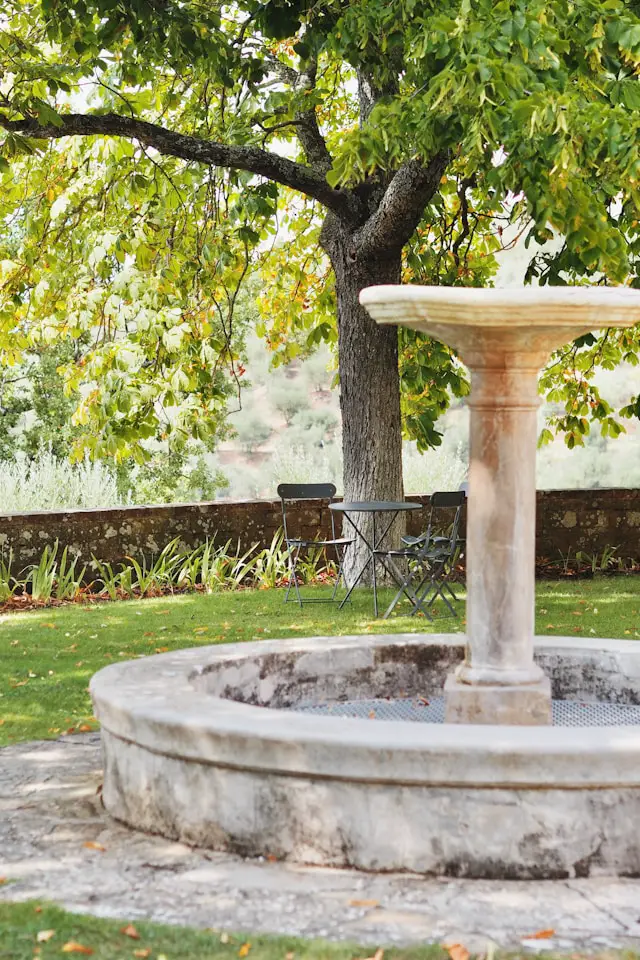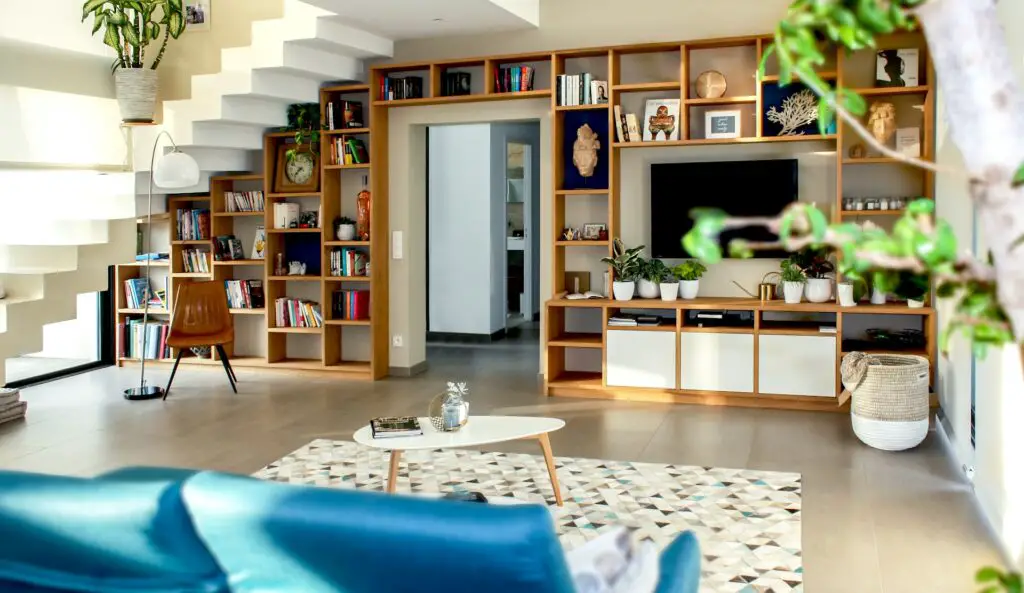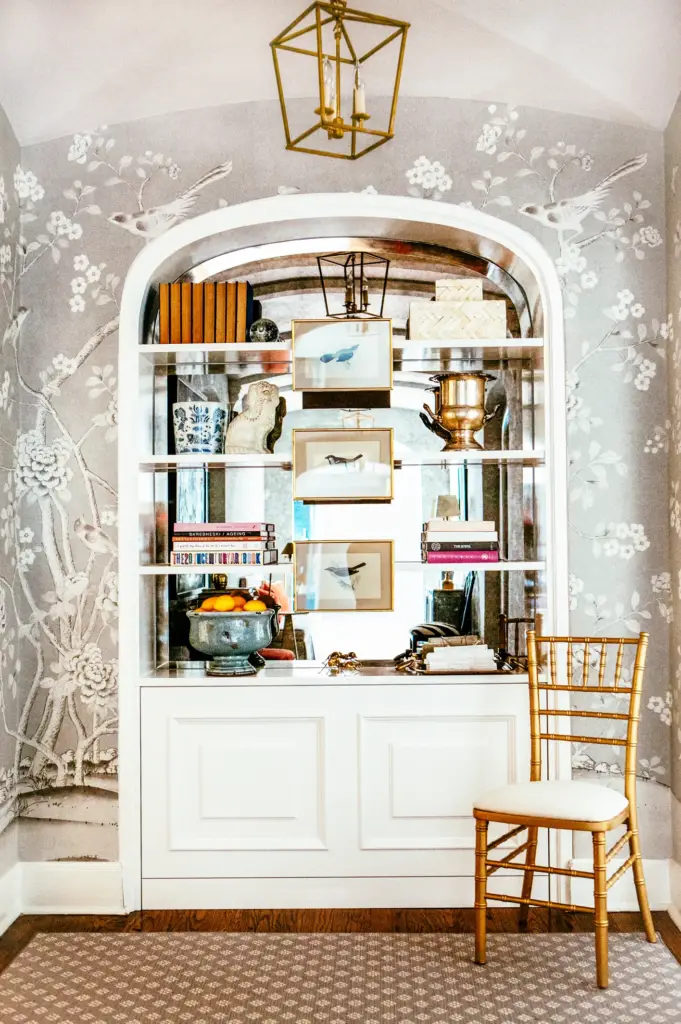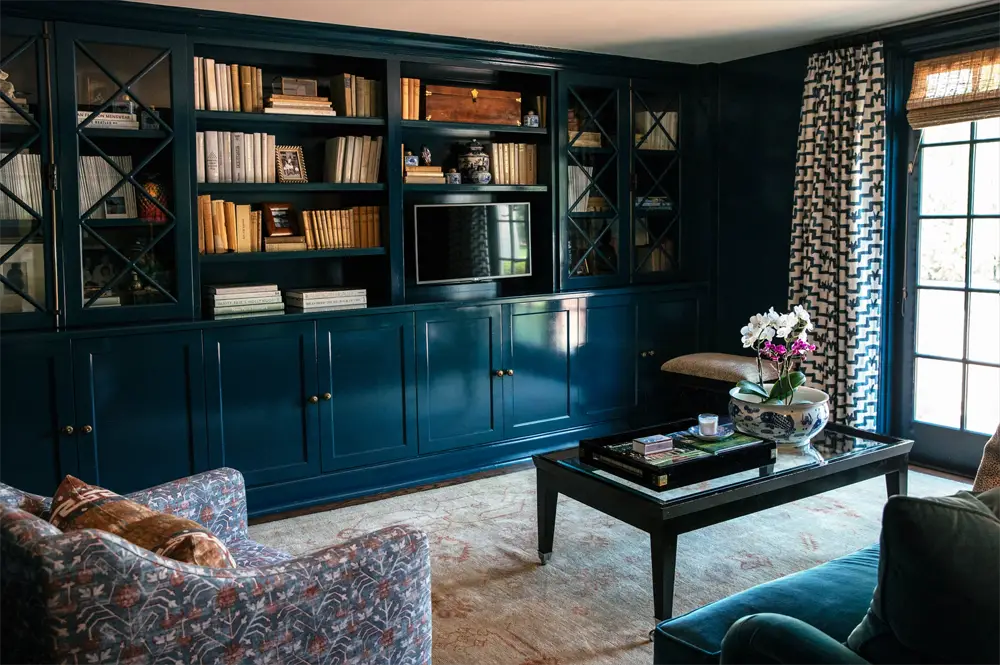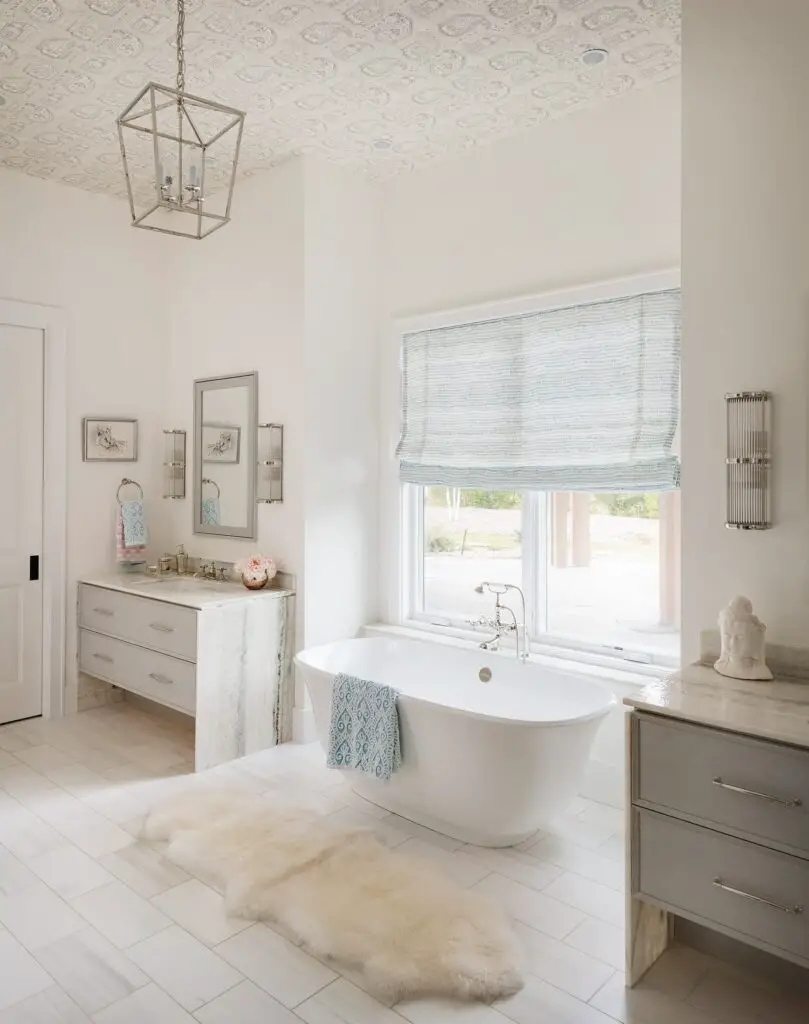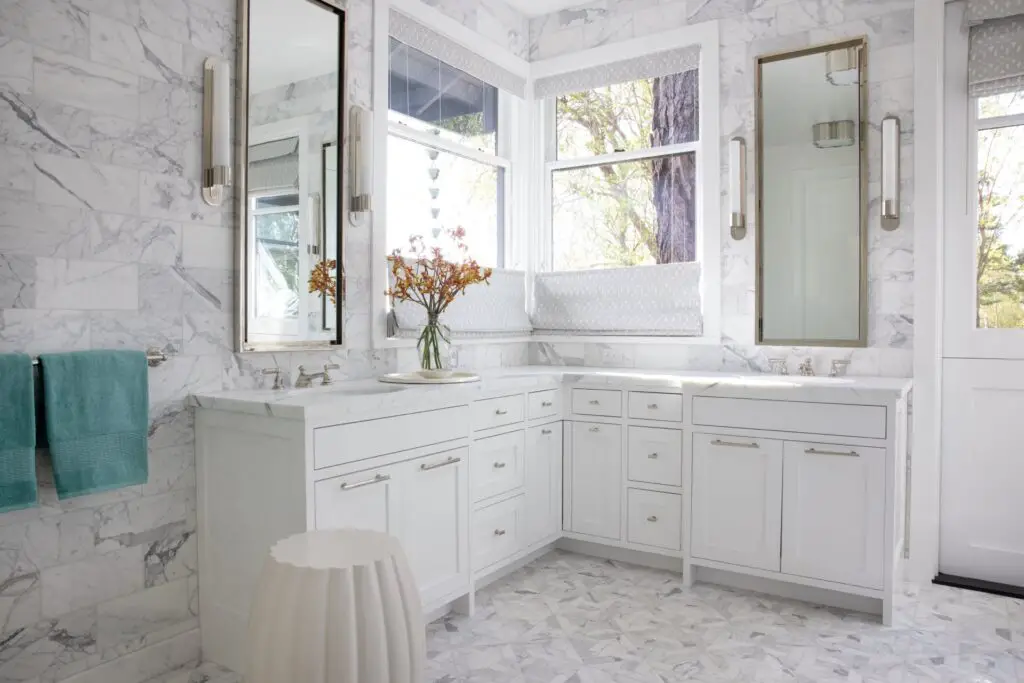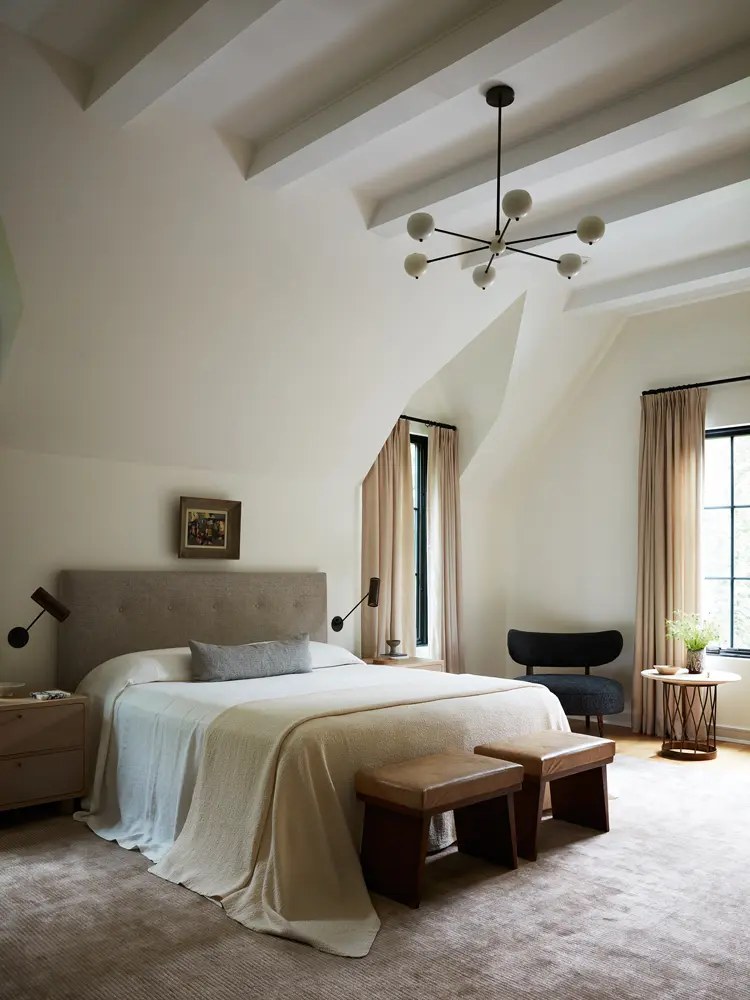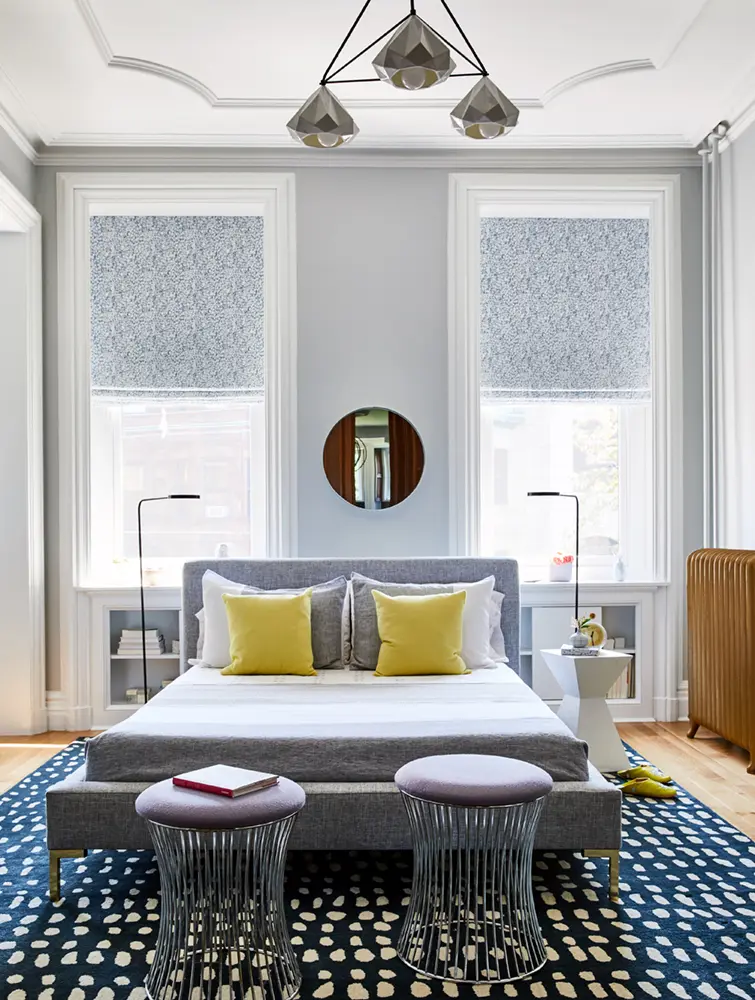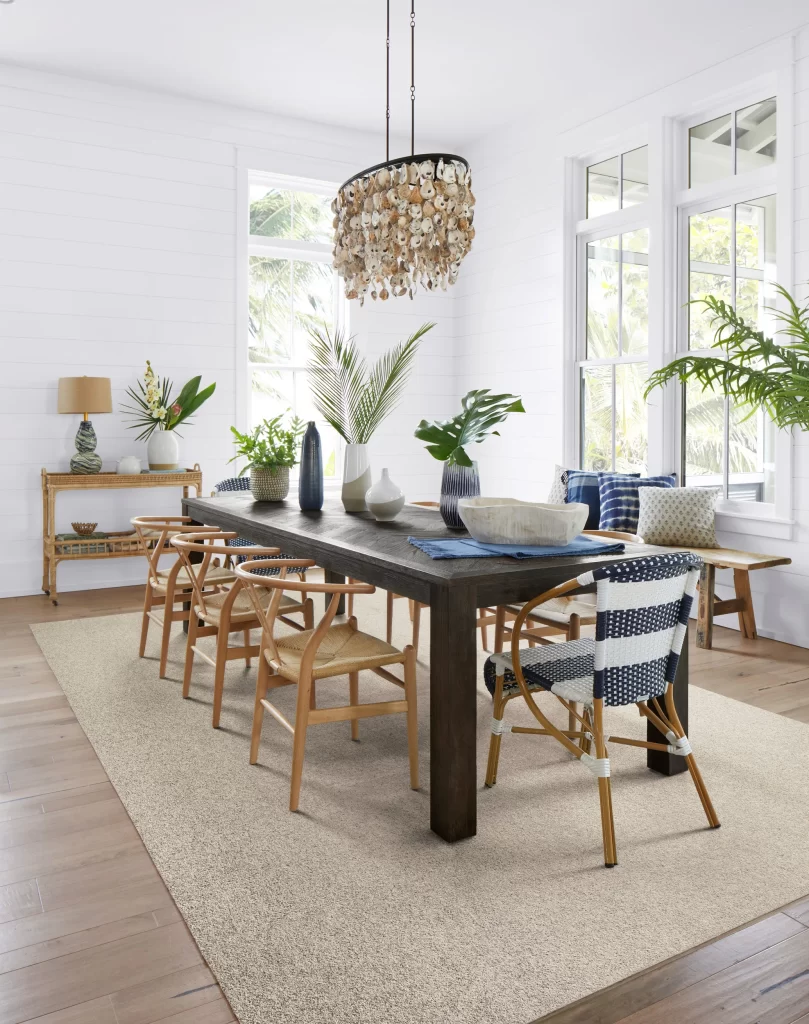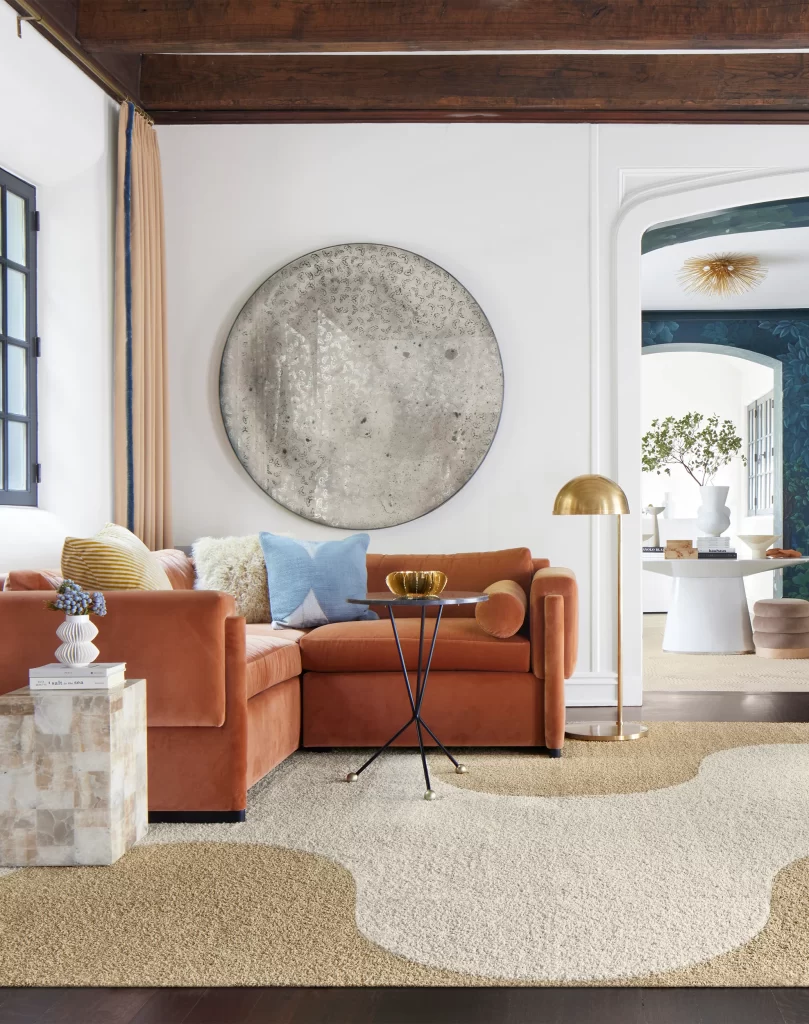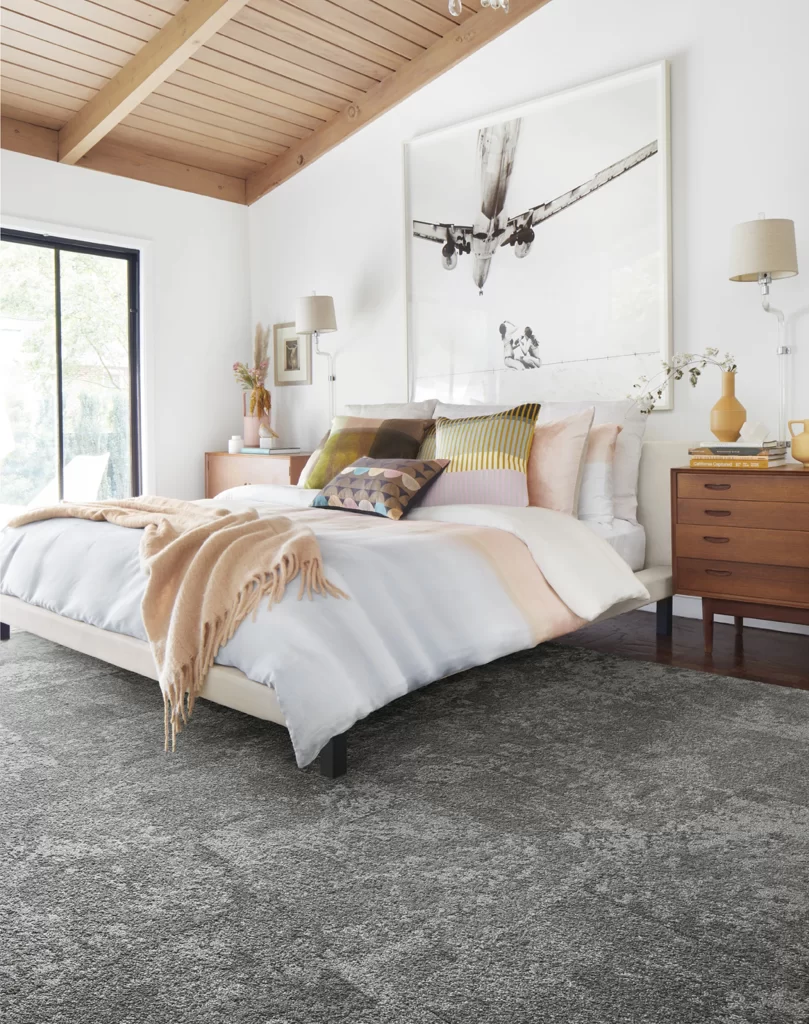Appreciating your morning brew feels special when sipping from a glass coffee mug that merges style with sustainability. Coffee is beloved by many, but have you ever considered its environmental impact? From bean production to the waste from single-use cups, our coffee routines can affect the planet. Fortunately, there are eco-friendly ways to enjoy coffee, such as using elegant glassware like a double wall glass cup.
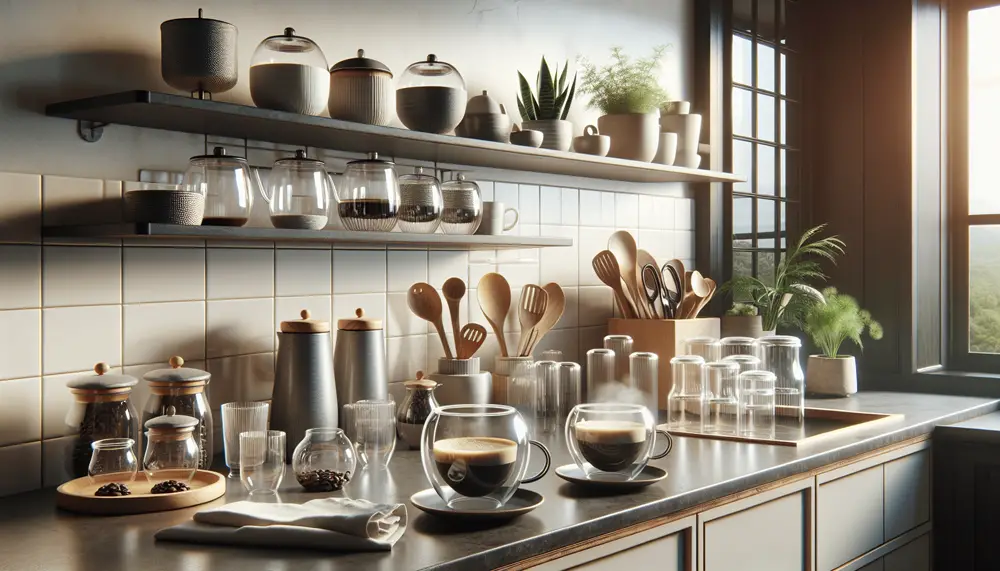
What Is Transitional Interior Design?the Role of Eco-Conscious Glassware in Sustainable Coffee Practices
Opting for a double wall glass cup over disposable ones offers several advantages. Glass is reusable and non-toxic, meaning less waste in landfills. It is also very durable, lasting for years with proper care. This reduces the need for frequent replacements, saving resources and money. Additionally, a double wall glass cup retains heat longer and looks stylish on your kitchen counter or office desk.
Furthermore, using glass coffee mugs can inspire mindfulness in your daily routine. The transparency and elegance of glass encourage a slower, more intentional approach to enjoying your coffee. This mindful practice can extend to other areas of life, promoting a more sustainable and appreciative mindset overall.
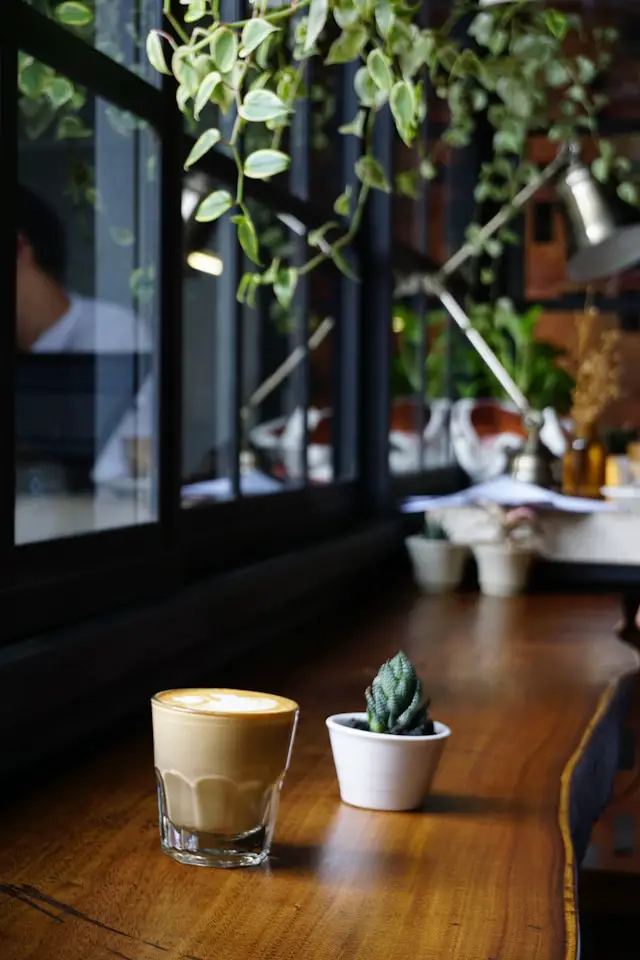
Practical Tips for Choosing Elegant and Sustainable Glassware
Selecting eco-friendly glass coffee cups is key. Look for high-quality materials and avoid harmful chemicals like BPA. Some brands use recycled glass and sustainable production methods. Certifications can indicate if a product meets environmental standards. Features like heat resistance and ergonomic designs boost both functionality and style in your glass coffee mug collection.
When shopping for glass coffee cups, consider the brand’s reputation and commitment to sustainability. Read customer reviews to gauge the product’s durability and heat retention. Opt for timeless designs that will remain stylish for years to come, reducing the need for frequent replacements.
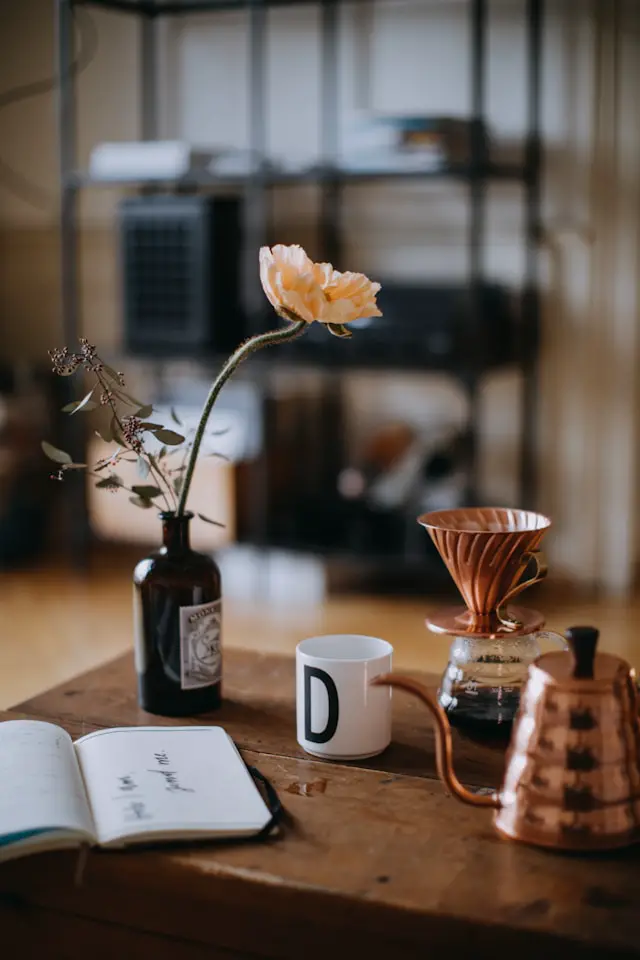
Integrating Sustainable Coffee Habits Into Your Daily Routine
To make your coffee routine more sustainable, consider brewing at home using reusable filters or pods. This reduces waste and allows better control over coffee quality. Using a stylish double wall glass cup can make your morning feel luxurious while being eco-friendly. Consider setting up a coffee station in your kitchen with easy access to your glass coffee mug collection. This can make it easier to maintain eco-friendly habits while adding a touch of sophistication.
Another way to enhance your sustainable coffee routine is to choose eco-friendly coffee beans. Look for brands that prioritize fair trade, organic farming and biodiversity conservation. By supporting responsible coffee producers, you contribute to a more sustainable and equitable industry.
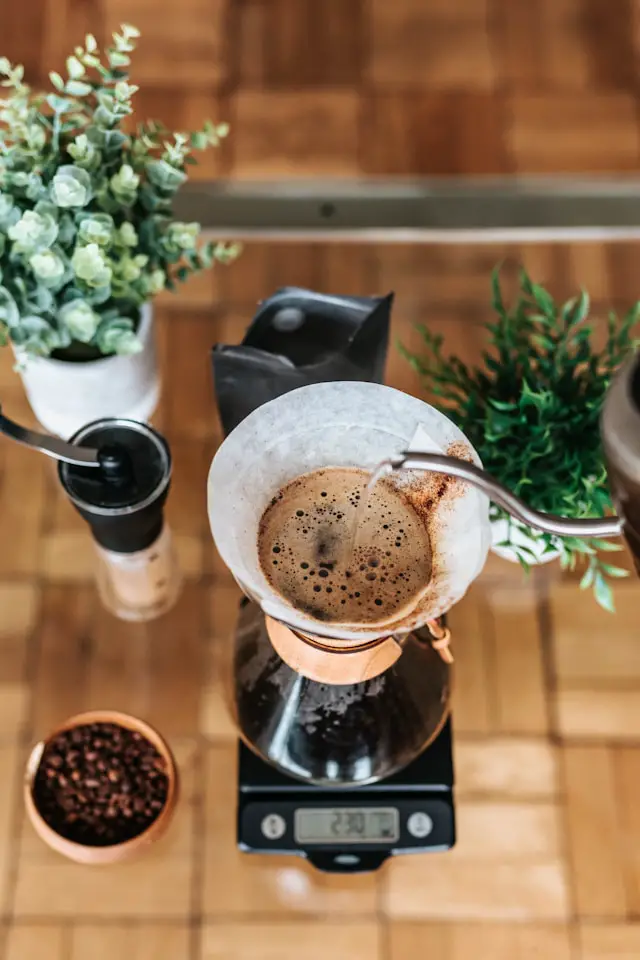
Enhancing Your Home Decor With Elegant Glassware Displays
Elegant glassware isn’t limited to the kitchen; it can enhance home decor too. Displaying your glass coffee mug collection on open shelves or in a stylish cabinet can elevate any room’s aesthetic. These pieces can also be part of seasonal decor, filled with decorative items like coffee beans or small plants. The sleek design and transparency of glass coffee cups make them adaptable to various styles.
When displaying your glass coffee cups, consider pairing them with other sustainable home decor elements. Natural materials like wood, bamboo, or organic cotton can complement the eco-friendly aesthetic of your glassware. Plants can also add a fresh, vibrant touch to your displays.
Joining the Sustainable Coffee Movement
Adopting eco-friendly practices extends beyond the home. Encourage local cafes to adopt sustainable measures and bring your double wall glass cup for takeout. Invite friends and family to do the same. Many communities focus on reducing waste and promoting sustainable living—consider joining such initiatives. Track your efforts; note how many single-use cups you avoid by using reusable glass coffee cups. Small changes add up, contributing to a healthier planet.
Share your sustainable coffee journey on social media to inspire others. Post photos of your elegant glass coffee cups, eco-friendly brewing methods and any community initiatives you participate in. By spreading awareness, you can encourage more people to adopt sustainable practices and contribute to a greener future.
Thanks to JoyJolt for consulting.

